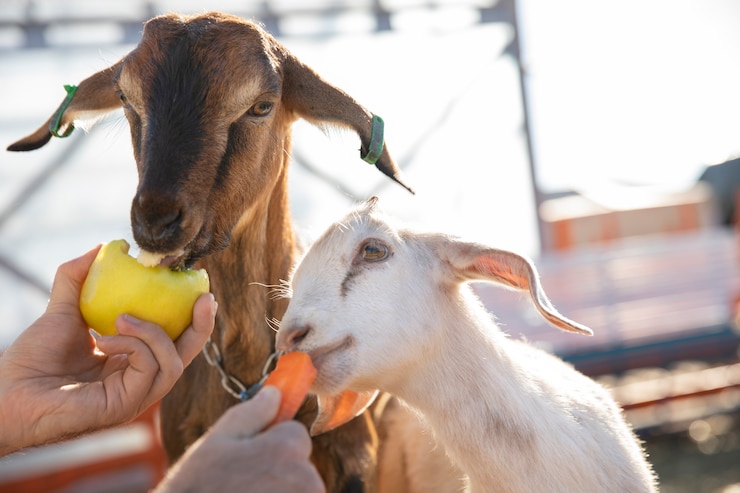Goat farming is a growing sector in the agricultural industry of South Africa, providing meat, milk, and other valuable products. However, goats are susceptible to various infections and diseases that can affect their health and productivity. In this article, we will highlight some common infections and diseases that goat farmers in South Africa should be aware of, along with preventive measures and management strategies.
- Caprine Arthritis Encephalitis (CAE): CAE is a viral disease that affects goats, leading to arthritis, encephalitis (inflammation of the brain), and decreased milk production. Strict biosecurity measures, regular testing, and separating infected animals from the herd are crucial in preventing and managing CAE.
- Caseous Lymphadenitis (CL): CL, also known as abscess disease, is a bacterial infection caused by Corynebacterium pseudotuberculosis. It results in the formation of abscesses in various parts of the body, including lymph nodes. Strict hygiene practices, regular inspections, and prompt isolation and treatment of infected goats are vital in preventing the spread of CL.
- Contagious Agalactia: Contagious Agalactia is a bacterial disease caused by Mycoplasma spp., affecting the udder and joints of goats. It leads to reduced milk production, lameness, and joint swelling. Implementing strict biosecurity measures, practicing good hygiene, and proper isolation of infected animals are important preventive strategies against contagious agalactia.
- Goat Pox: Goat Pox is a viral disease characterized by skin lesions, fever, and respiratory symptoms in goats. It can result in reduced productivity and high mortality rates, especially in young goats. Vaccination, avoiding contact with infected animals, and maintaining good farm hygiene are crucial for preventing goat pox outbreaks.
- Gastrointestinal Parasites: Goats are susceptible to gastrointestinal parasites such as worms, including Haemonchus contortus (barber’s pole worm) and Trichostrongylus spp. These parasites can cause anemia, weight loss, and poor growth. Implementing effective parasite control measures, regular deworming, and rotational grazing strategies are important preventive strategies against gastrointestinal parasites.
- Enterotoxemia (Pulpy Kidney Disease): Enterotoxemia is a bacterial infection caused by Clostridium perfringens, resulting in enteritis and sudden death in goats. Vaccination, proper nutrition management, and minimizing sudden dietary changes are essential preventive measures against enterotoxemia.
- Johne’s Disease: Johne’s Disease is a chronic bacterial infection caused by Mycobacterium avium subspecies paratuberculosis. It primarily affects the intestinal tract of goats, leading to weight loss, diarrhea, and reduced productivity. Implementing strict biosecurity measures, regular testing, and culling of infected animals are crucial for Johne’s Disease control.
- Mastitis: Mastitis is an inflammatory condition of the udder caused by bacterial infection. It leads to reduced milk production, changes in milk quality, and udder swelling. Proper hygiene during milking, regular udder health checks, and prompt treatment of infected goats are vital in preventing and managing mastitis.
Goat farmers in South Africa should prioritize the health and well-being of their herds by implementing proper biosecurity measures, regular veterinary check-ups, and preventive strategies. Maintaining a clean and hygienic farming environment, practicing strict quarantine protocols for new animals, implementing vaccination and parasite control programs, and monitoring for early signs of infections and diseases are crucial for the well-being and productivity of goats. By staying informed, collaborating with veterinary professionals, and adopting proactive measures, goat farmers can ensure the sustainability and profitability of their farming operations.
Image by Freepik







